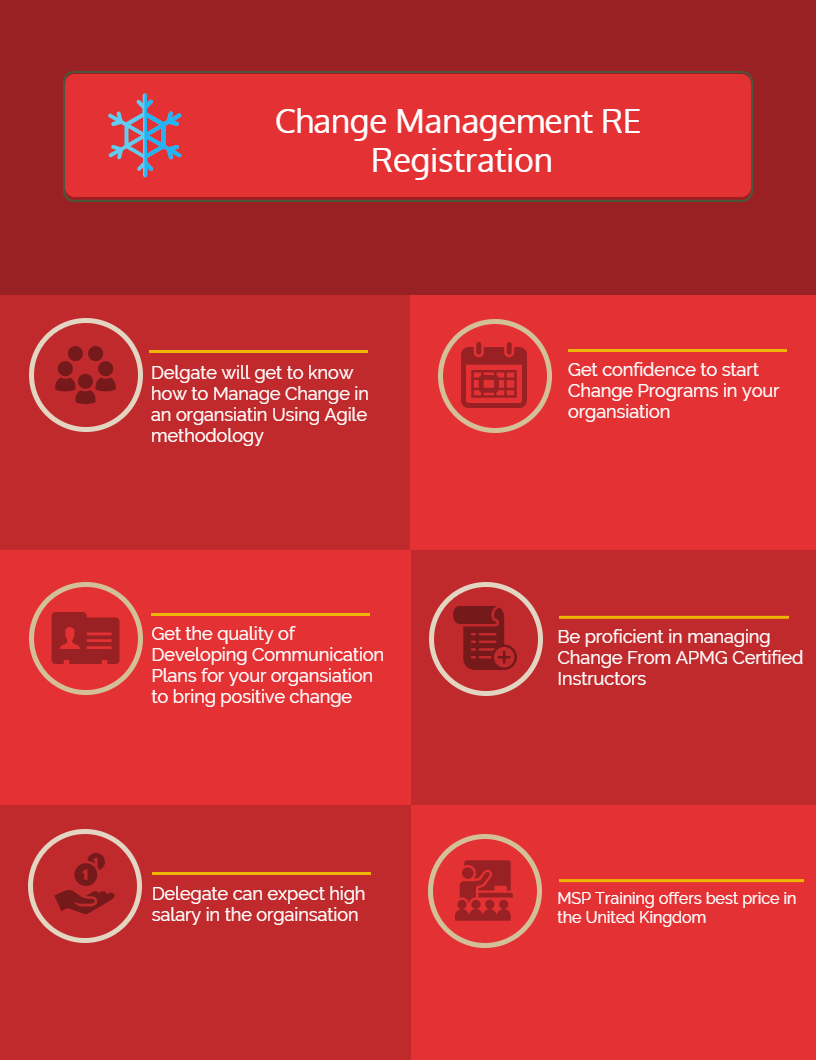The extent of the change is controlled by the Change Advisory Board i.e (CAB) which actually examine the 7 R’s that are added in the process of change. These 7 R’s are as following
Resource: What are the different resources that are essential to make a change successful. when is the maximum time one needs to manage that resource? what is the maximum budget we can ask from the organisation? the quality of the resources is also the important factor that needs to be included in it.
Reason: Does change require? Why one organization needs any change? To what extent change should be there in it. All the changes applied in the best possible way.
Return: what is the return organization needs from the change? After that, the proper evaluation of the work needs to be undertaken. The best change credit goes to the workforce and the one who is leading them.
Relationship: what is the relationship between the change and other requested change ? is its congruence with the earlier change and proper scrutinization is required.
Risks: one of the most important factors is to take a calculated risk while going for a change. What types of risk are there?
Responsible: who is responsible for the build, test and implementation of the change? It is very challenging task to look for the right leader in the organisation. so, whenever a project met any kind of status whether get successful or meet with failure. So, who will come and take responsibility is the important thing?
All The certifications are affiliated under Accredited Training Organizations (ATO) of APMG. After successful completion of Foundation and Practitioner course– candidates get proficient in CMI’s ACM (Foundation) accreditation. MSP Training provides a simple route to personal certification with only the experience left to be acquired.
When delegate gets a professional degree in Change Management with some skills and knowledge, with time updating themselves with the latest Change Management principles is required. So, MSP Training comes with Re-registering exam for the Change Management exam on expiry of the Certification. The delegates will get time from 3 to 5 years from their original certification. In case of failure in re-registration exam, the certification will be taken back by the APMG. Here the experience of the candidate will be wonderful as we give lectures in the student-friendly atmosphere.






